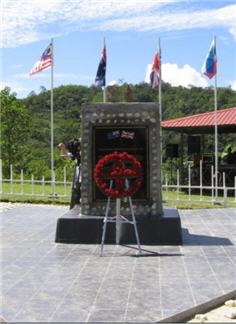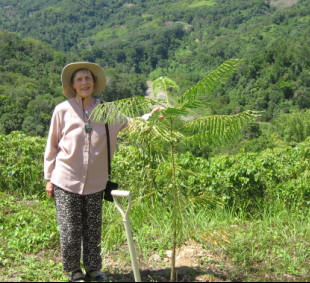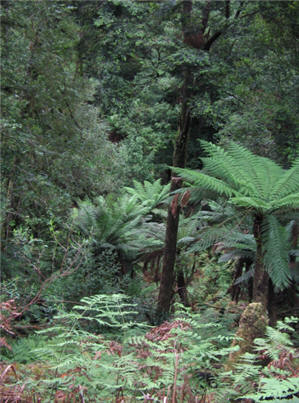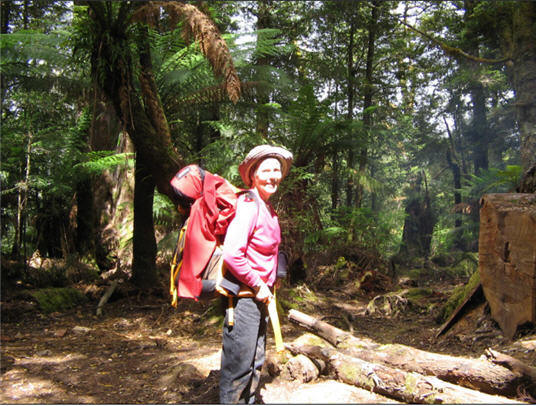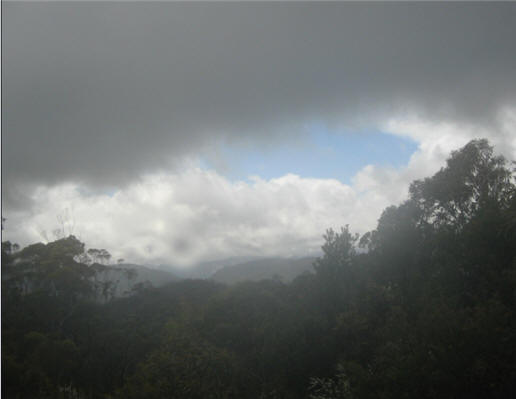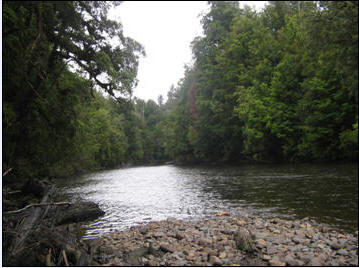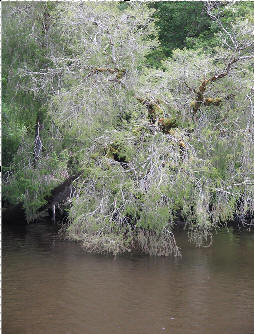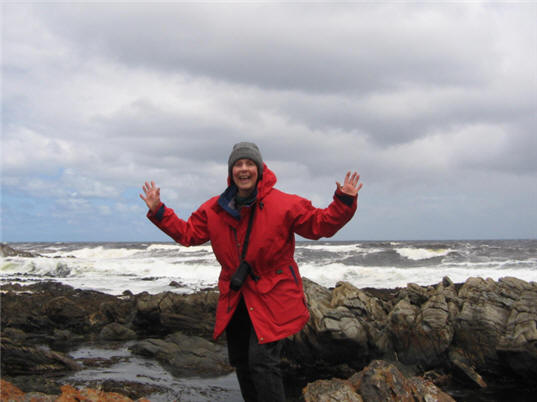|
Helen Evans Writer www.helenevanswriter.com.au |
|||||||||||||||||||||||||
|
BORNEO ADVENTURE Borneo is an amazing place with wonderful forests where the trees reach to the sky.
These pictures are taken at the Sepilock Orangutan Sanctuary where orphan orangutans are cared for until they are old enough to look after themselves. Each day fruit is placed on a feeding platform for them at 10 am. There are also ropes hanging from the trees so that the orangutans can learn to climb. A baby would naturally be dependent on its mother for five years, so without the sanctuary, most of the orphans would die. I bought a toy orangutan so that I could tell a story to my storytelling groups when I came home.
In August 2009 I had an adventure in Borneo. I trekked from Sandakan on the east coast of Sabah, Borneo, to Ranau near Mount Kinabalu.
Mount Kinabalu. This trek was very challenging both physically and emotionally.
In 2008, an Australian historian, Lynettle Silver, who had been researching the tragedy, found the last jungle camp site where the final POWs had lived and were murdered. On 27th August 2009 a memorial to those men was to be unveiled. So I could be present at the unveiling of the memorial, I joined a group of twenty people who trekked along the rediscovered track that the POWs had followed 64 years before, The route went through thick jungle as well as across fast flowing streams
The track went through scrubland, up and down very steep hills and across rubber and coffee plantations. Most days the group was walking from seven am until almost 5pm. When we stopped to rest or eat, Lynette told us about the trials those men faced all those years ago. Most of them were ill with malaria, dysentery and beri beri. They walked barefoot and with almost no food. Our group of trekkers were taken each night to a good meal and comfortable accommodation but the POWs had no shelter.
My book about my father and his mates is now available It is called Reluctant Heroes. Look at my Amazon page http://www.amazon.com/Helen-Evans/e/B00CEL0KWQ and scroll down to the image of Reluctant Heroes. It is available as an e-book or as paperback from the image on Amazon.
You can order a copy direct from Amazon , or
order one by
E-mail: mhevans@tpg.com.au ********************************************************************** TASMANIAN ADVENTURE - THE TARKINE I'd long wanted to go to Tasmania and when I read that a group of writers was invited to spend New Year 2009 in the Tarkine wilderness both walking and writing, I made enquiries.
We hiked for three hours up and down steep hills this morning and had hoped to swim in this river, but the rain was so heavy, and the day so cold by the time we got there, that swimming was not possible. We certainly appreciated the meal our cook prepared for us that night.
We went right to the coast and had a great day exploring the beach but you can tell from my clothes what the weather was like.
This was certainly a New Year with a difference. I kept up my walking training on returning home, so that I would be fit enough to trek in Borneo in August.
|
|
||||||||||||||||||||||||
| © Copyright HELENEVANS 2011 | |||||||||||||||||||||||||

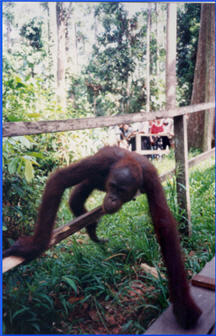
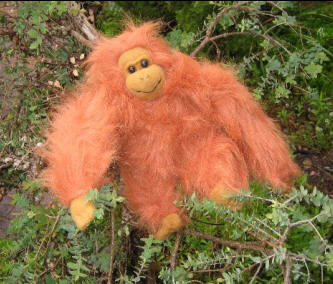
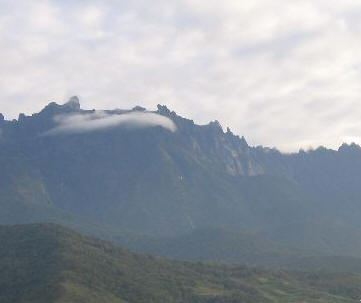
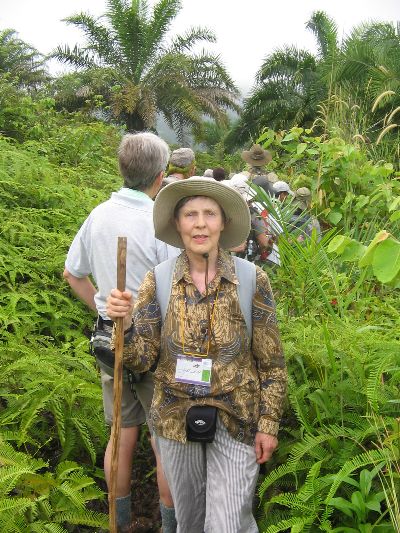
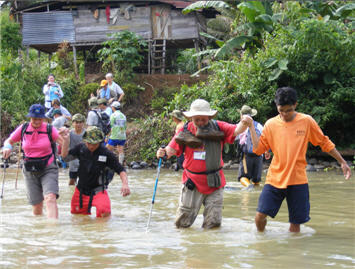 Guides helped us across this river.
Guides helped us across this river.